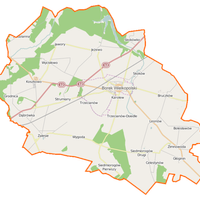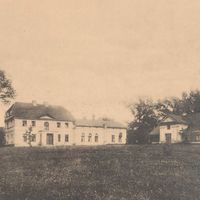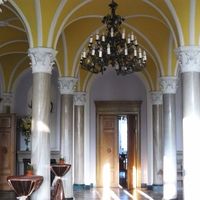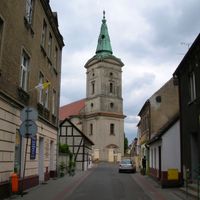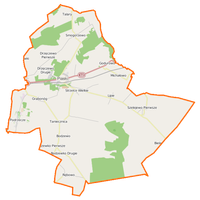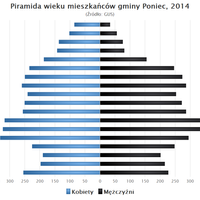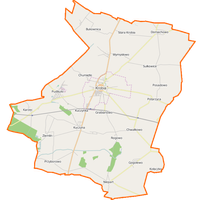Gostyń County
7.03
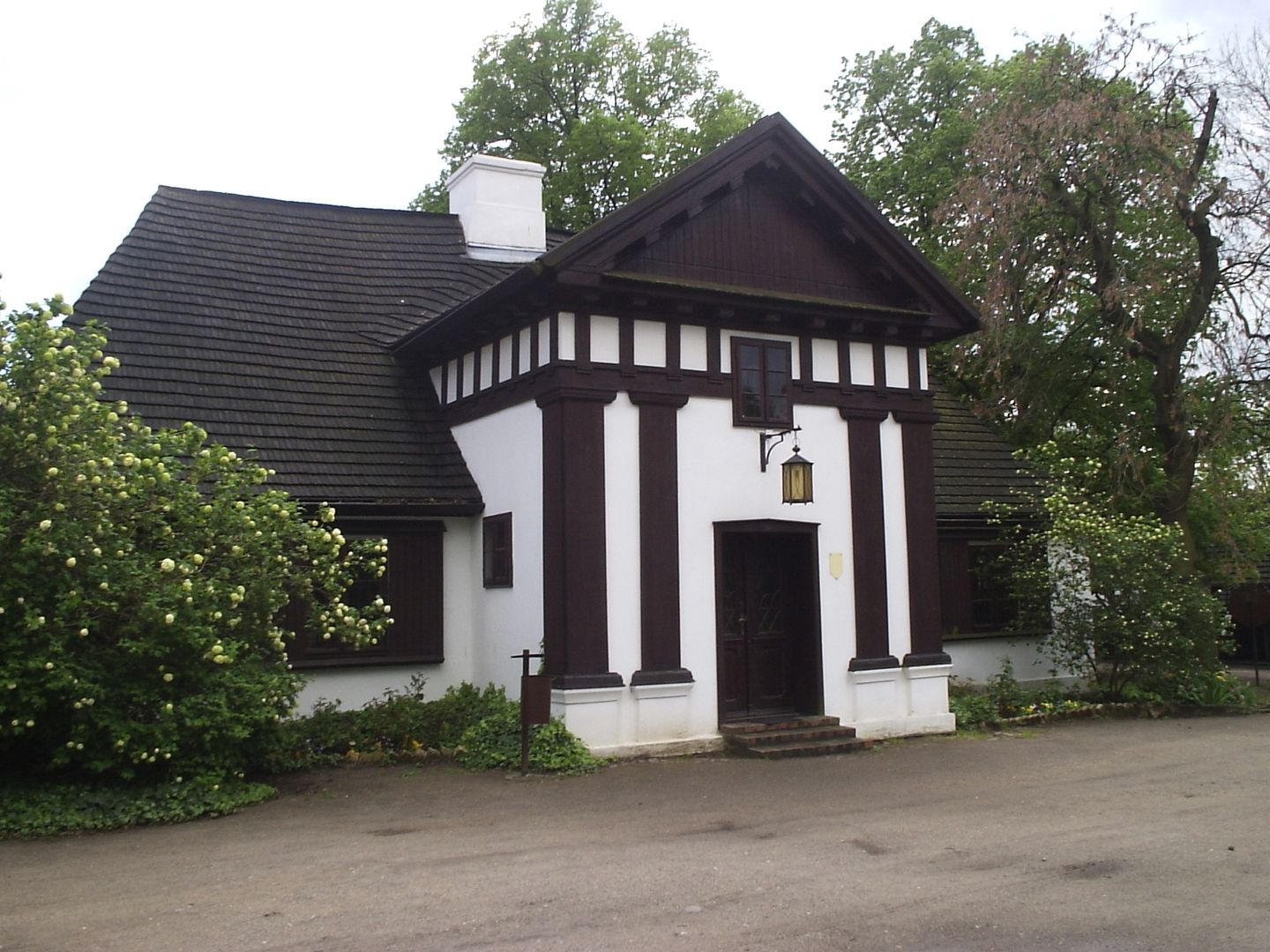
Overview
Gostyń County, located in the Greater Poland Voivodeship, was established in 1999 as part of the administrative reform, with the town of Gostyń serving as its capital. The county consists of several municipalities, including urban-rural ones such as Borek Wielkopolski, Krobia, and Poniec, as well as rural municipalities like Pępowo and Piaski. It is distinguished by a large number of historical monuments, including wooden churches, such as the one in Domachowo, and historic manors and palaces, like the Manor in Grabonóg, the Edmund Bojanowski Museum, and the Palace in Podrzecze. The religious architecture of the county is represented by churches with rich histories, such as the 13th-century Church of St. Margaret in Gostyń and a number of other churches in Krobia. The county also boasts numerous manor parks, such as the Park in Kosów and the Park in Pępowo, which attract attention with their diverse tree stands, including monumental specimens. Culturally, the region is associated with the folklore of Biskupizna, which influences local traditions and customs. The history of the county is rich; originally established by Prussian authorities in 1887, it went through periods of Polish administration from 1919, with numerous border changes. In 1975, the county was abolished and then reestablished in 1999. Notable features include protected areas, such as floral and forest reserves, and numerous natural monuments—glacial erratics and monumental trees—that illustrate the region's natural wealth. Gostyń County is also a partner of the Unterallgäu district in Bavaria, fostering cultural exchange. Demographically, in 2019, the county was inhabited by 75,908 people, indicating a stable population. In terms of economy, the unemployment rate was relatively low, at 4.8%. The county offers tourists and residents numerous attractions that combine history, culture, architecture, and nature, contributing to its unique character.
Location
Country
2025 Wizytor | All Rights Reserved
